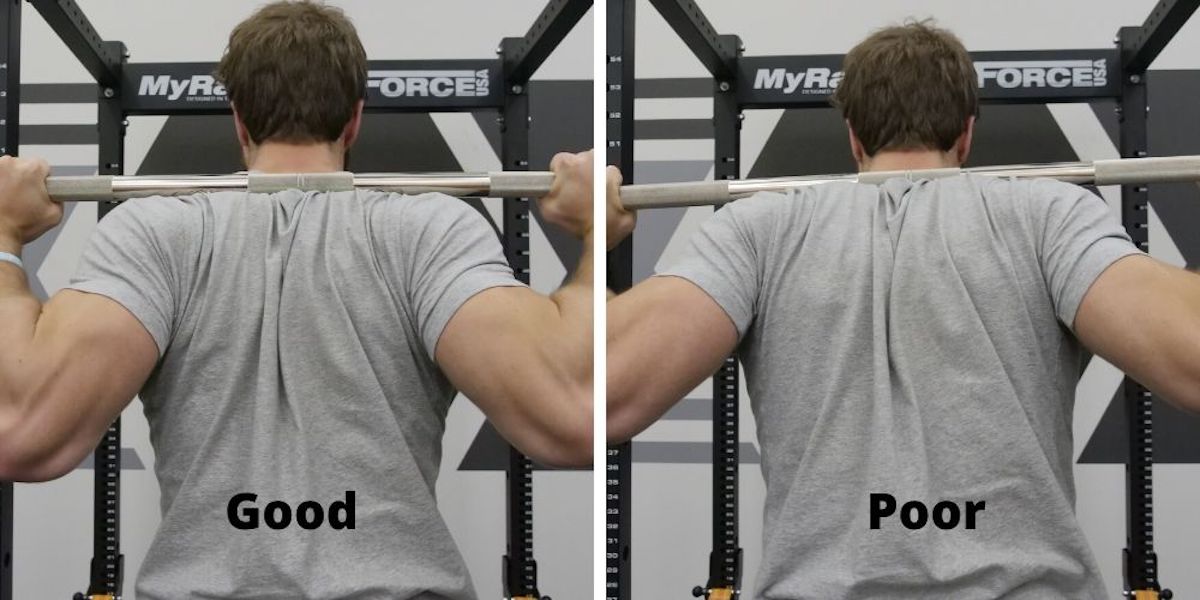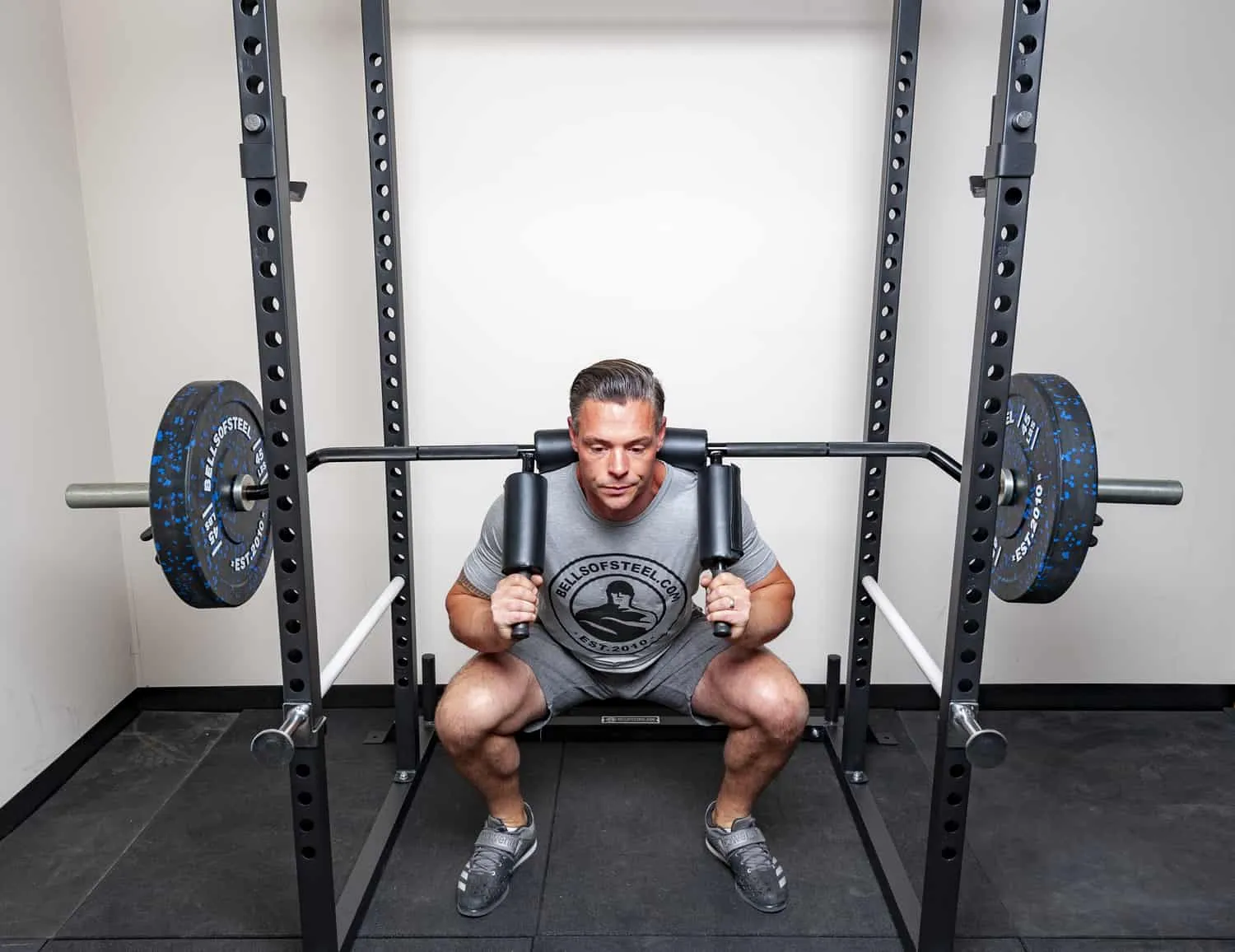
The squat is one of the most effective exercises for building lower body strength and muscle mass. However, many people struggle with proper squat form, particularly when it comes to where to position the bar on their back. In this article, we will discuss the various bar placement options and help you determine which is best for your individual needs.
High Bar Squat

The high bar squat is the most common type of squat and involves placing the bar on the upper traps, just below the base of the neck. This position allows for a more upright torso and places more emphasis on the quads. The high bar squat is a great option for those with good mobility and flexibility in their shoulders and wrists.
Low Bar Squat

The low bar squat involves placing the bar on the rear deltoids, just above the shoulder blades. This position allows for a more forward lean and places more emphasis on the glutes and hamstrings. The low bar squat is a great option for those with limited shoulder mobility or those who want to lift heavier weight.
Front Squat

The front squat involves placing the barbell on the front of the shoulders, with the elbows pointed forward. This position places more emphasis on the quads and core stability. The front squat is a great option for those with good mobility in their wrists and shoulders, and those who want to challenge their core strength.
Zercher Squat

The Zercher squat involves holding the barbell in the crook of your elbows, with your hands crossed over. This position places more emphasis on the quads and upper back, and can be a good option for those with limited shoulder mobility or those who want to challenge their upper body strength.
Safety Considerations

Regardless of the bar placement you choose, it is important to prioritize safety when squatting. Always warm up properly and use a weight that is appropriate for your skill level. Keep your core engaged and your spine in a neutral position throughout the movement. If you experience any pain or discomfort, stop the exercise immediately and seek guidance from a qualified fitness professional.
Conclusion
Choosing the right bar placement when squatting can make a big difference in your overall performance and muscle development. Consider your individual needs and goals, as well as any mobility or flexibility limitations you may have. With practice and proper form, you can safely and effectively perform squats and reap the many benefits they offer.